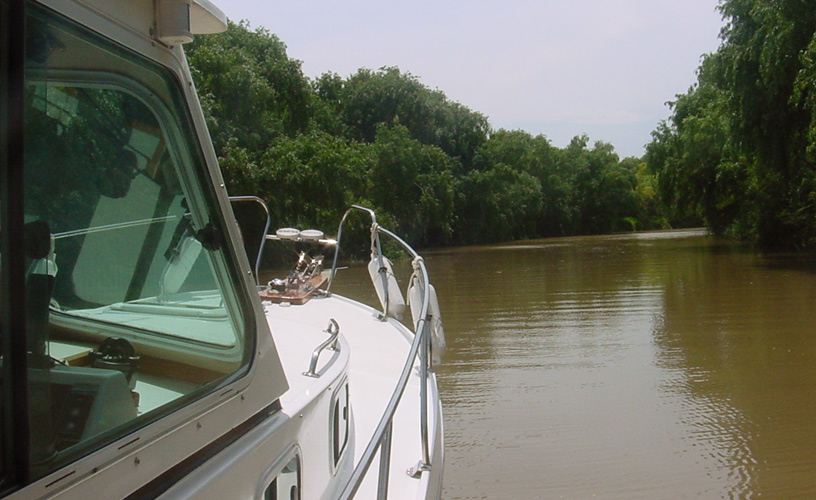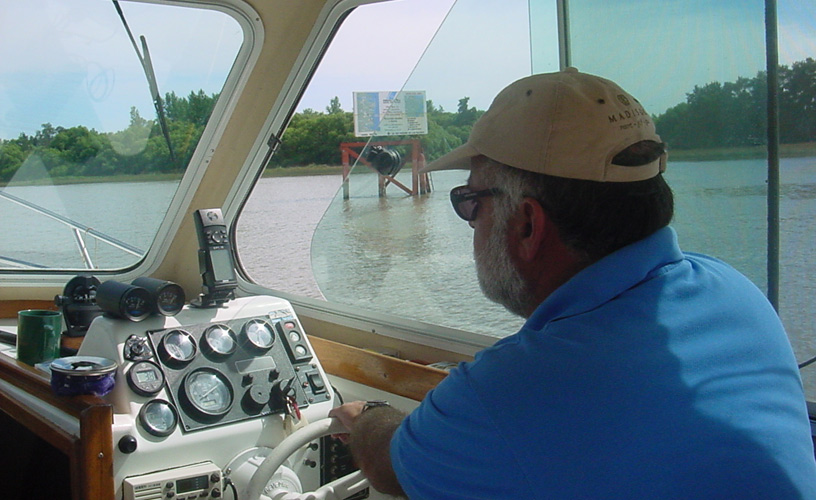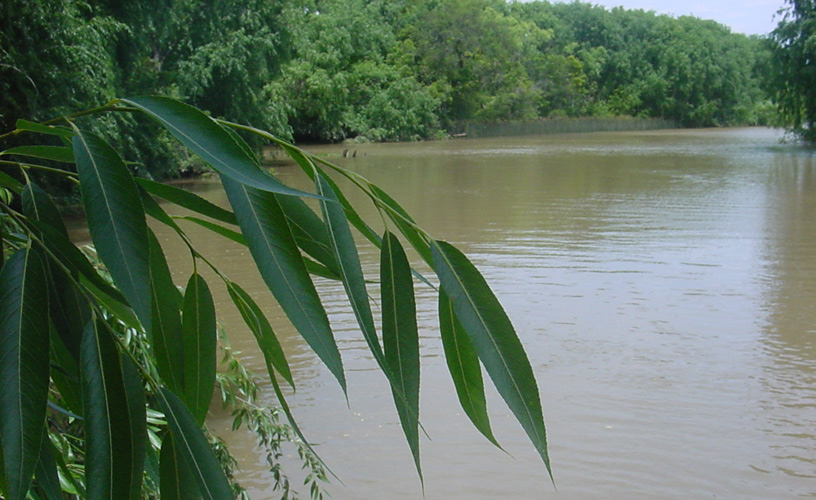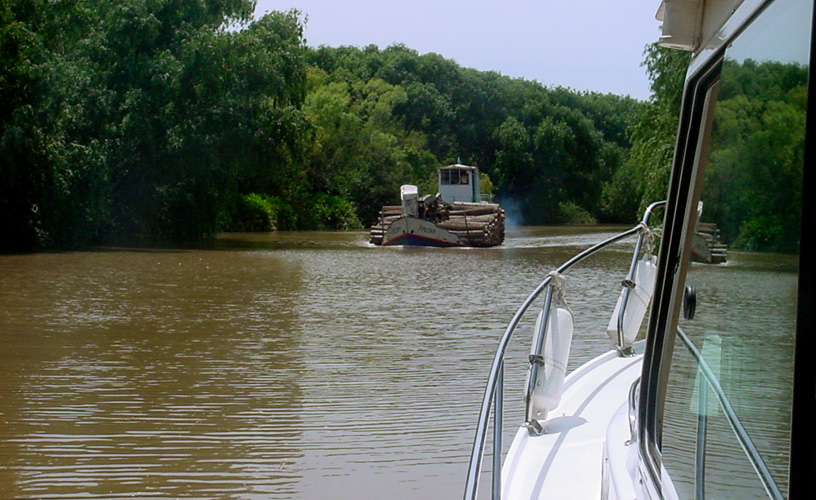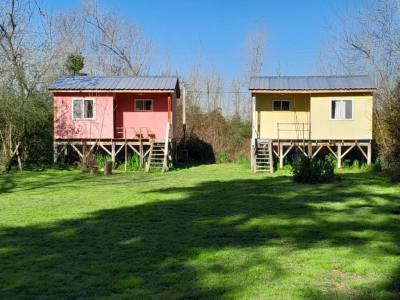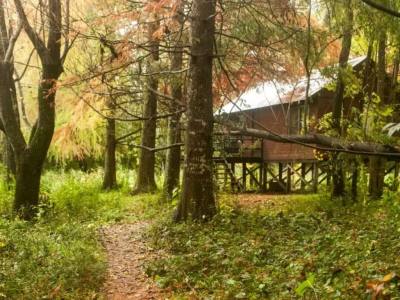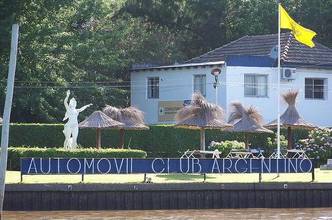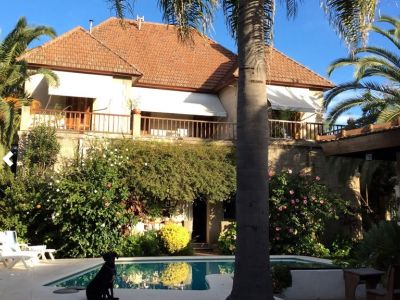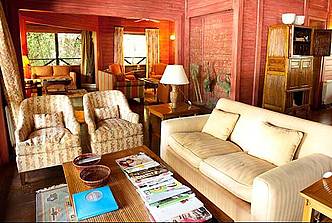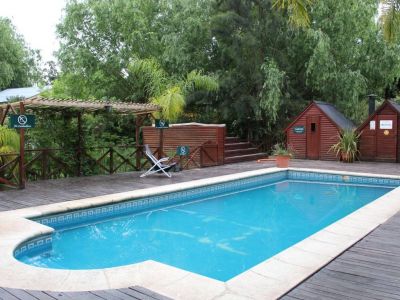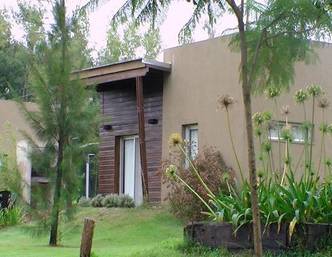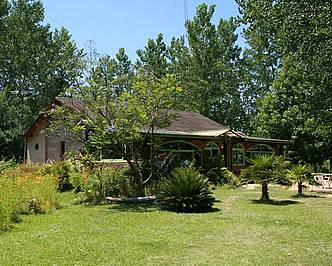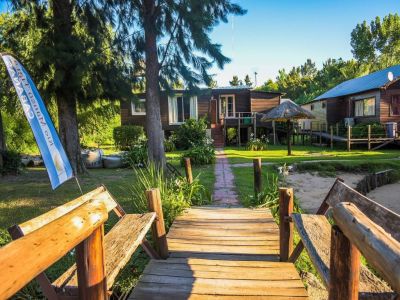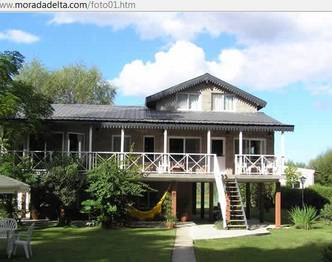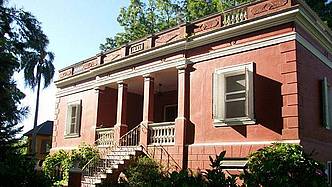The delta is one of those unforgettable sites that remain forever in the memory of its visitors. Sailing across this area is the best choice to get to know its rivers, its islands and its people from the inside.
A Voyage not to Be Missed Indeed
The “Barba” was expecting us from a very early hour. It could be said that no sooner had the first sunbeams touched the water of the San Fernando marina, than everything was ready. The Barba, in fact, is no other than a beautiful boat that is used both for fishing and for sailing. But the minute one meets its owner, Santiago Bengolea, it seems as if both the boat and the skipper got mingled in only one person.
After getting everything on board, we left the Canestrari marina, sailing the Lujan river, which works as the natural border between the continent and the islands, only accessed by means of some craft.
Sailing it means watching its quaint waterfront, some purely English style rowing clubs, countless marinas and large mansions from the Belle Époque, such as the Tigre Hotel, which today works as the House of Culture.
Thus, we slowly left the busy channels and rivers of the first section of the delta, such as the Vinculación, Urión and the Honda channel, until our eyes spotted the vastness of the Paraná River, which we would cross in order to get deep into the quietness of the Aguaje del Durazno, a beautiful creek of calm waters that flow inside a labyrinth and push us towards the low areas of the River Plate. This place belongs to the second stretch or central section of the delta.
Once there, we made our first stop to try to fish some bogas, but we did not get lucky. However, a cold meat and cheese board, accompanied by some elegant wine served as the perfect excuse to anticipate what would be our lunch…
The So Coveted Value Added
The important thing is that as tourists sail along, they get to know every meter of water they have traveled. How and when, what kind of flora and fauna, what native Indians used to dwell the islands before the white men arrived, why there are so many varieties of fish, and other issues are some of the visitors’ interests. And Santiago has such a deep and impeccable knowledge of the area that his experience leaves tourists more than satisfied. Even when demanded by the situation, Cecilia Cambieri joins the group. She is in love with the delta and devotes her life to making voyages and interpreting nature on the islands.
The boat slows down and Santiago points at the shore and tells us how the islands were once formed and how they continue to be formed. He explains to the tourists that the floods caused by the Paraná River drag a large amount of sediments and that, once they are held by the rush on the shores, they begin to form the ridges that give origin to new islands as they fill up.
“The delta locks a lot of questions and answers in its heart, and that is the real attraction of these rides. Some are evidenced during the outing and others will surely be kept for another trip. Maybe that is the reason why the boat speed must be adapted to what we are looking at – there is no point in rushing. The delta is going to show you its life in every creek you sail. We do not have to go in search for something in particular. The nice part is to stop and wait for nature to show us her rules and codes herself. And this happens here all the time. The delta will always surprise you” this passionate local adds.
“Asado on board” the skipper said
Noon found us inside the Estudiante Channel, a unique creek that perfectly summarizes the magic of the delta.
Its soft current, its water hyacinths adrift, its azaleas and wild ferns in each one of its floods and the peace of its calmness interrupted only by the falling of the leaves from the trees made everything very special. The singing of various birds would interrupt the reigning silence every now and then.
There, as we waited for some dorado or surubí offspring to strike, the Barba began to light a fire in a portable grill that was hanging from one of the boat ends and let a sample of a typical Argentinian asado be seen in it.
Within a couple of minutes, its statements about the delta being in charge of showing us its own performance became true.
An old craft loaded up with timber appeared out of nowhere and put an end to the quietness of the creek. Shortly afterwards, the groceries boat turned up and we stopped it, just like one calls a taxi, in order to buy a couple of kilos of “pecanes” -the famous and tasty nuts typical of the islands, introduced there in the early 1900s. We waved at a little rowing boat with kids coming back from school as two island people who were transporting tacuara cane and wicker in their canoes would check some fishing traps that had been placed there the previous night in search for some large wolf fish.
The greeting among the members of each craft is part of the navigation codes in the delta. And this goes beyond their sailing a canoe, a kayak, a boat or a multimillionaire craft or yacht. It seems as if at times, social differences would disappear in pursuit of a landscape which has its own codes, imposed by nature.
As for the asado… We were speechless….
Walking the Islands
Even though sailing is a beautiful way of appreciating nature, many tourists enjoy walking through the islands. And they can do it, as the possibility of landing is constant on almost every one of them.
Our destination was the Los Pecanes inn, located in the second stretch of the delta. Once there, its owners, Ana and Richard, gave us a panorama of what used to be the delta golden days, when the islands would supply the city of Buenos Aires with fruit, when the fishing club members would grow in number and when almost a hundred thousand people were settled in the three of its areas.
Today, even if the figure does not surpass twenty-five thousand dwellers -as well as populating the islands every weekend in the year- tourist growth has caused some families to see this place as a real estate investment destination. Even, as a change of life.
Thus, accompanied by the tireless Ana, we started to walk different paths that led us to the heart of a typical delta island. Nests of all kinds of birds, wasps and bees, hydrangeas, creepers and wild ferns, small lagoons and rivers with beavers included, as well as humming-birds, were some of the attractions our eyes could watch in every step we made.
Tea-time caught us sitting opposite the river in the shade of the “pecanes” which have given this place its name. With Ana’s jealously kept recipes, this matchless nut has turned her into a true legend of the gastronomy of the islands. And tasting some of her home-baked cakes is enough…
The Quietness of the Night …
The light slowly began to anticipate the arrival of dusk. Therefore, our farewell got us back to sailing the river. The lunar table would forecast a precious full moon that would show us a different delta, with stars and satellites and all.
And it is true: the delta night also deserves our eyes to come to a halt in its colors, our smell to get lost in its odors and our ears to be marveled at the silence of its music or at the wind of some southeastern wind. But that is a different story that I may tell you one day...
Pablo Etchevers
Pablo Etchevers
